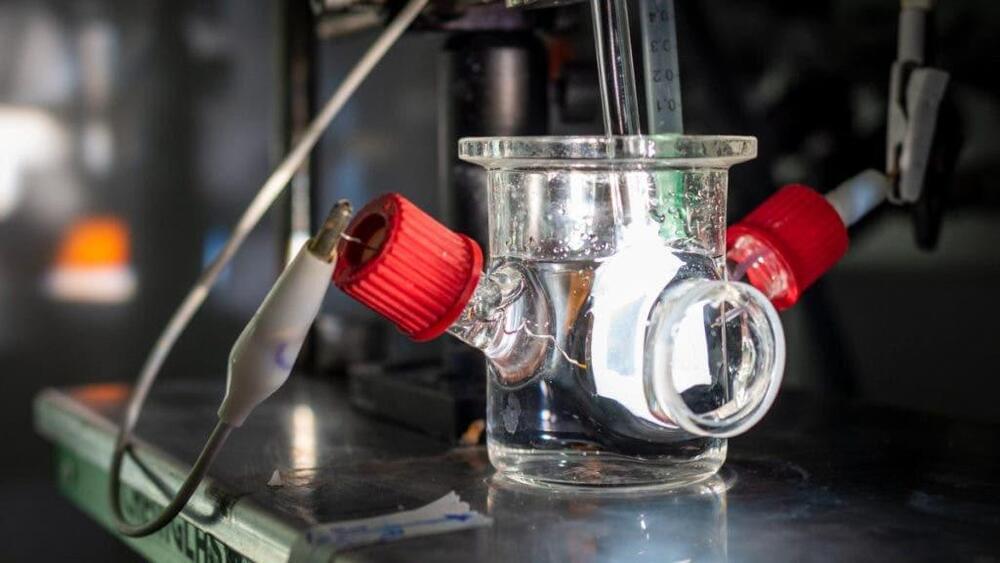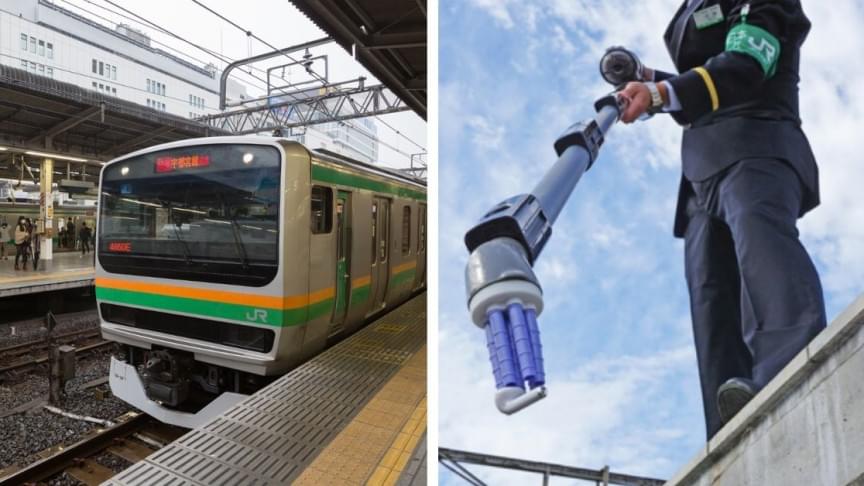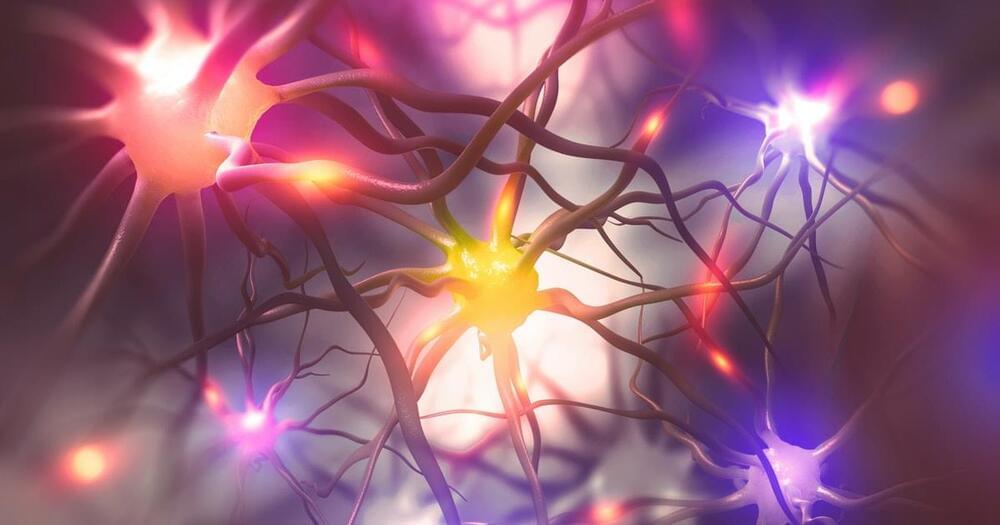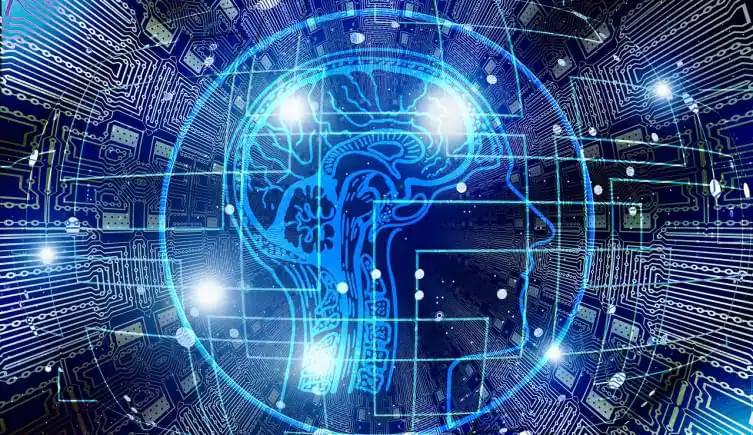The rich world is ageing fast. How can societies afford the looming costs of caring for their growing elderly populations? film supported by @Mission Winnow.
00:00 The wealthy world is ageing.
01:17 Japan’s elderly population.
02:11 The problems of an ageing world.
04:01 Reinventing old age.
05:48 Unlocking the potential of older years.
07:09 Reforming social care.
08:20 A community-based approach.
11:08 A fundamental shift is needed.
Read our special report on ageing and the economics of longevity here: https://econ.st/3EwnCV3
Sign up to The Economist’s daily newsletter to keep up to date with our latest stories: https://econ.st/3gJBH8D
Getting to grips with longevity: https://econ.st/3DBJU6k.
A small Japanese city shrinks with dignity: https://econ.st/3dBDgT2






